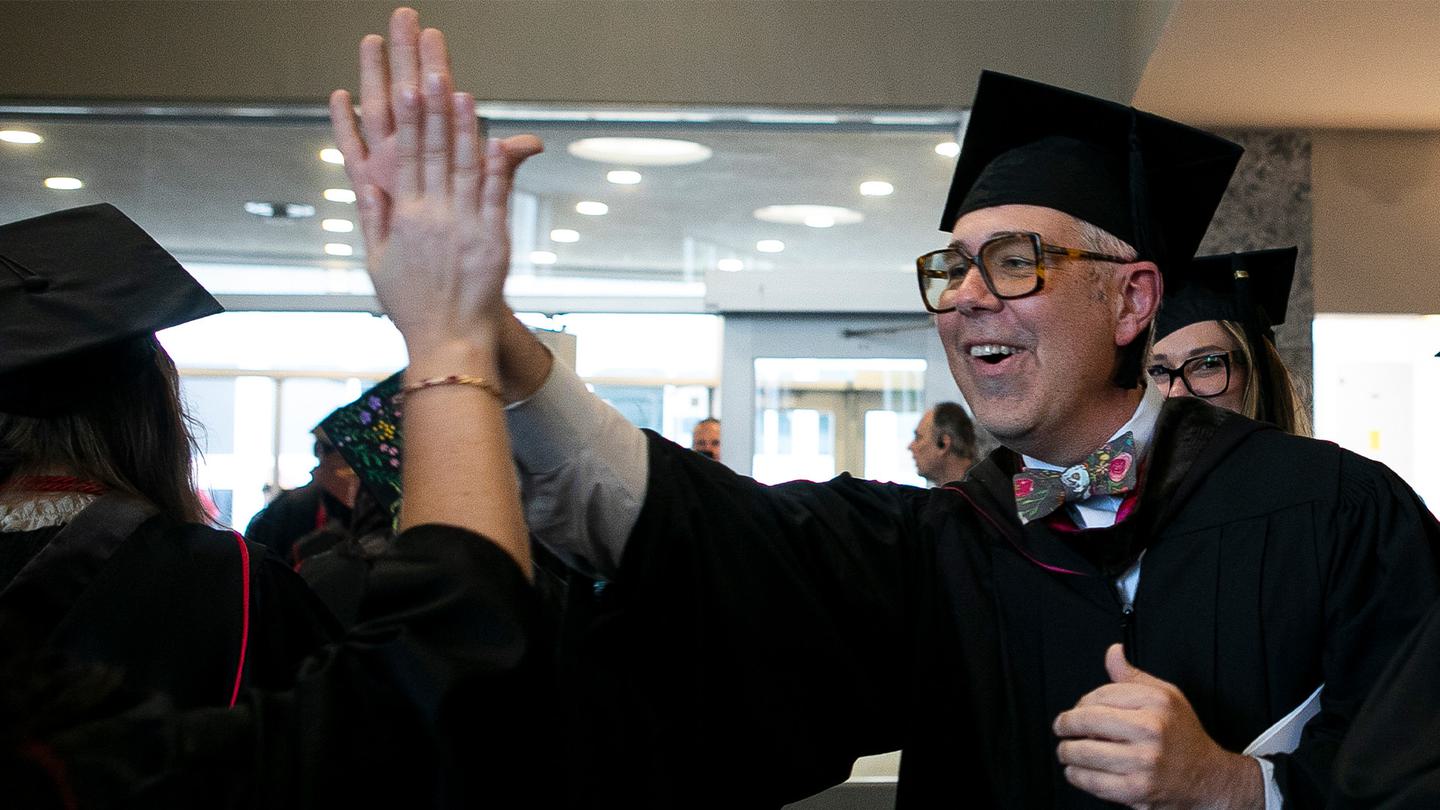
It was a dark and starry night. Matthew Mohr—then a teen with a late-night gig making doughnuts—wrapped up work around 3 a.m. or so on that crisp fall night and headed home. Frost had settled on the lawns and the roofs around his suburban neighborhood in Hudson, Ohio, looking like “diamond dust” as it reflected the moonlight, he recalled years later in a lecture at Hammond Harkins gallery. “And I thought to myself, ‘What if I turn off the headlights and just coast slowly through the neighborhood?’ Everybody was asleep; I didn’t think it would be a problem and I just turned off the headlights and moved my foot very slowly off the gas and just moved through it. It was everything I hoped for. It was beautiful.” (Others may have begged to differ; a neighbor called the police, who pulled him over for driving sans lights.)
Seeing things differently led Mohr on a career path that included owning a web design agency, working at NASA, and a decade in New York working with clients such as Samsung, Newsweek, Norma Kamali, the Multiple Sclerosis Research Center of New York, Rao's, and Bloomingdale’s. And that was before he arrived at Columbus College of Art & Design, where he served as a member of the Graphic Design faculty—achieving full professorship in the process. Mohr, after being diagnosed with glioblastoma, a brain cancer, stepped down from CCAD at the end of 2023, but continued his creative work, most recently in his Lightning Sprites series, which features kinetic, solar-powered sculptures with a lifelike quality.
An interest in art and tech from the start
Mohr studied graphic design—including the nascent field of computer arts and design—at Bowling Green State University, graduating in 1990. In the late 1990s, he created the alternative band S Hotel (listen to the album Still, Always here), worked briefly at a framing shop and doing prepress print work, and then started his own website design company, Millennial Web and was a sole contractor to AT&T. In 1999, he sold the business to NASA contractor ZIN Technologies and then worked for ZIN.
In 2001, he and his wife, Stephanie, moved to New York City, where he attended Parsons School of Design, earning an MFA in Design & Technology. The Parsons program culminated in a capstone project, an interactive installation called Spatial Narrative that caught the attention of tech giant Samsung, which contacted Mohr to build on the interactive installation’s concepts with a bigger-budget version for the Samsung Experience, Samsung’s new store in the Time-Warner Building in New York City. Mohr used the opportunity to explore what would be a lifelong career working at the intersection of art, technology, and experiential design.
After graduation, Mohr returned to working in web design, holding positions as an art and creative director and as a director of major retailers’ ecommerce operations. In 2011, following a nationwide search, CCAD selected Mohr to join CCAD’s faculty, and after a decade living in New York, the Mohrs returned to Ohio to raise their two young daughters, Beatrice and Adeline. Stephanie Mohr says that the opportunity to join CCAD marked the most fulfilling chapter of Mohr’s career.
Preparing students to join the professional design community upon graduation was more than just a job, it was his personal mission, and watching his former students and CCAD alumni thrive in their career paths became part of an ongoing cycle that helped to energize and influence other aspects of his life and his own design work for more than a decade,” says Stephanie Mohr.
An educator with a reputation for thinking big
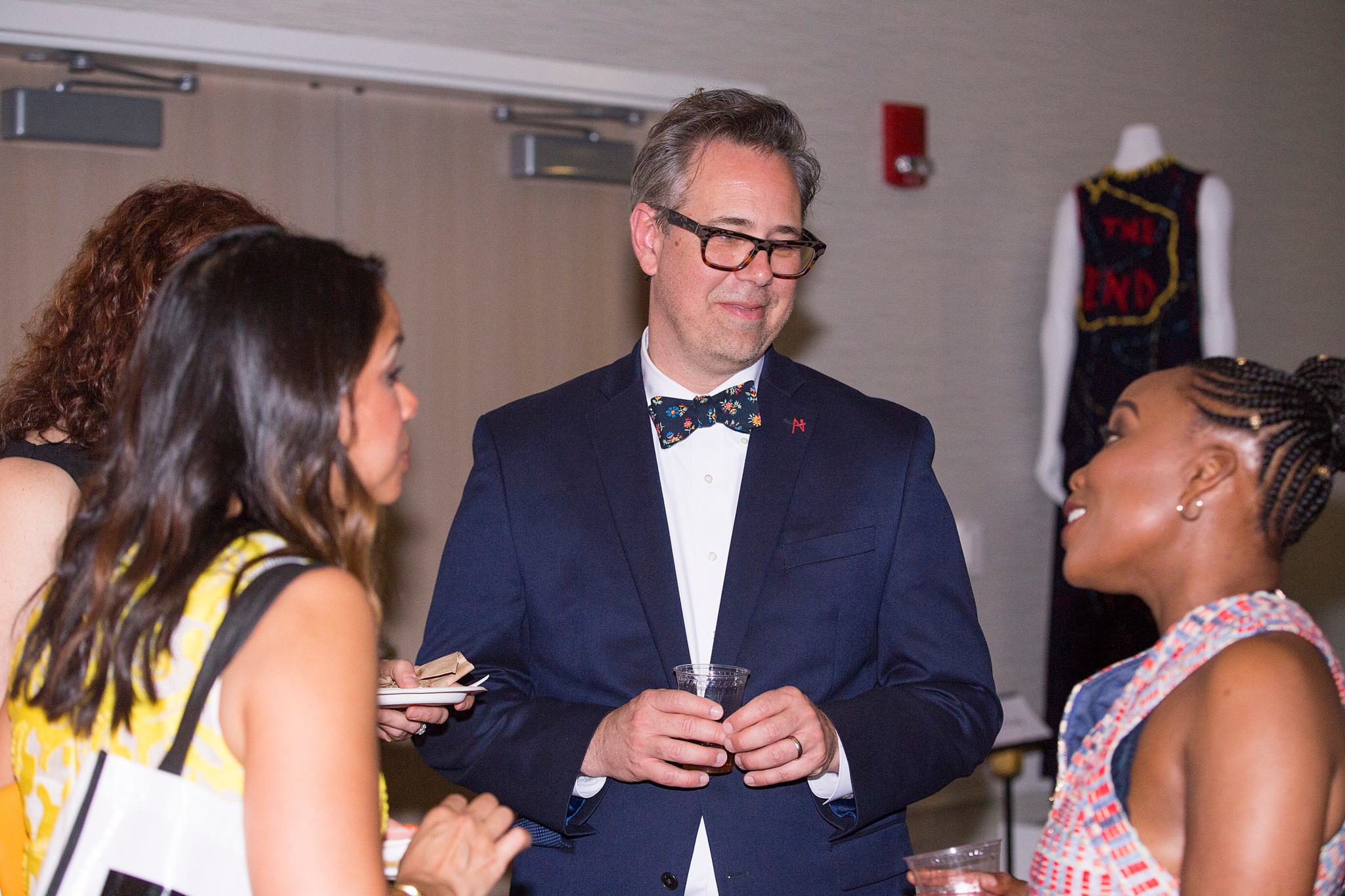
Sporting a styled coif, eyeglasses with a thick black frame, a bowtie, sport coat, and jeans as a day-to-day uniform, Mohr cut a distinctive figure on CCAD’s campus (and inspired affectionate imitations). Early on, Mohr taught a cross-departmental class that focused on the application of digital media through the lens of traditional design techniques. Mohr, Animation Professor and Chair Charlotte Belland says, was able to bridge conversations with students across majors, and was supportive in his guidance. “Matthew would spend time understanding the goals of each student and how he could best support their project goals,” she says. “Matthew's strength as an educator is his ability to authentically listen to his students. Alongside this authenticity is his ability to deliver direct feedback in a calm and supportive way. He lets his students process the feedback without interjecting a ‘quick fix,’ ” she says.
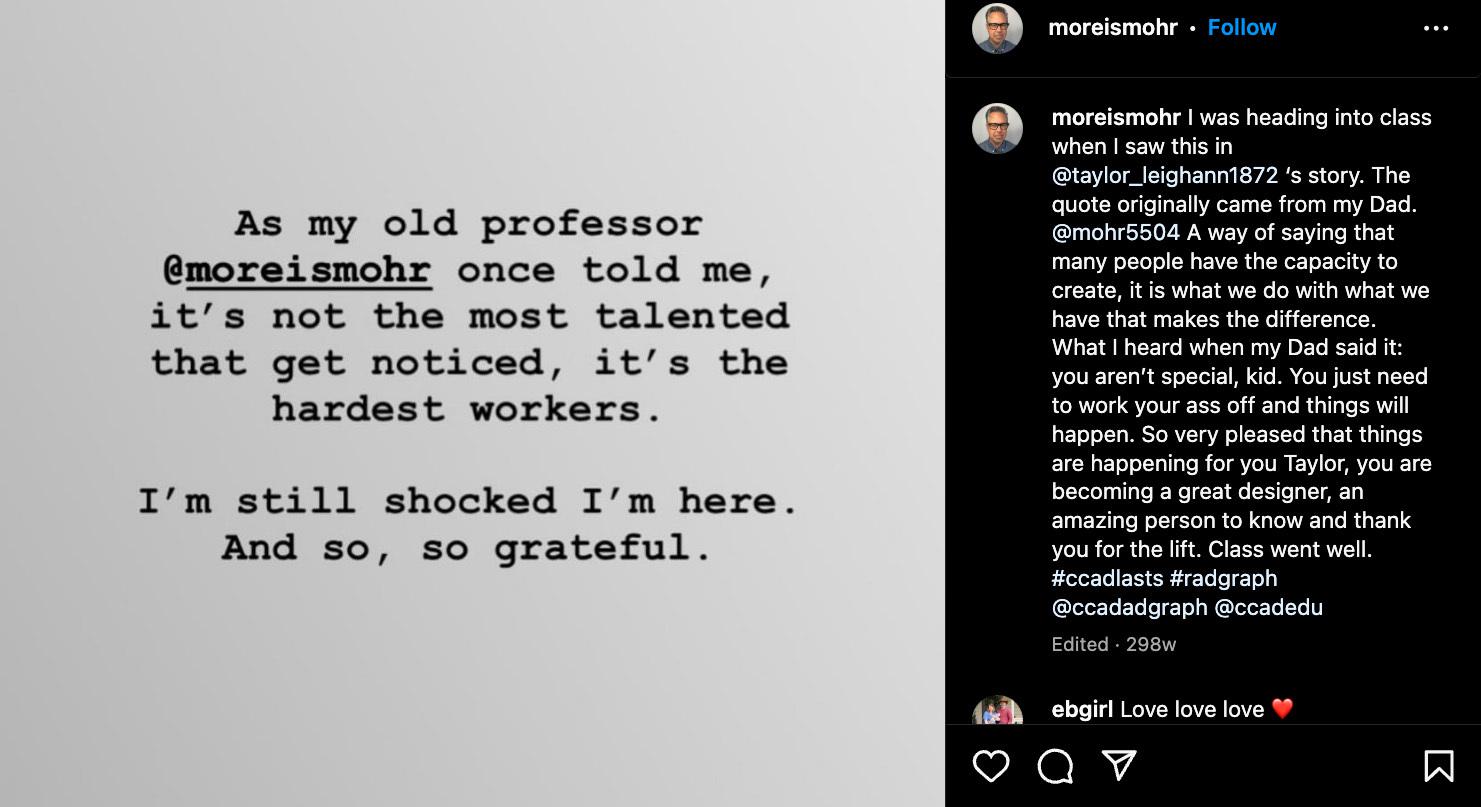
“From day one, Matthew gleefully embraced his role as ‘Professor Mohr’ and the opportunity to share his love of art and good design with students in a rigorous yet playful way. He appreciated the opportunity to bring his viewpoint of the world as an unending source of wonder and beauty into the classroom,” says Stephanie Mohr.
“One of the keystones of a CCAD education is the strong foundation in visual communication and creative problem solving that prepares graduates for flexible and evolving careers. As a graphic designer who is also an artist, Matthew serves as an incredible example to our students of what an interdisciplinary creative career can look like—one that crosses and bends disciplines, speaks to numerous audiences, and finds both commercial and reputational success,” says CCAD’s president, Dr. Melanie Corn.
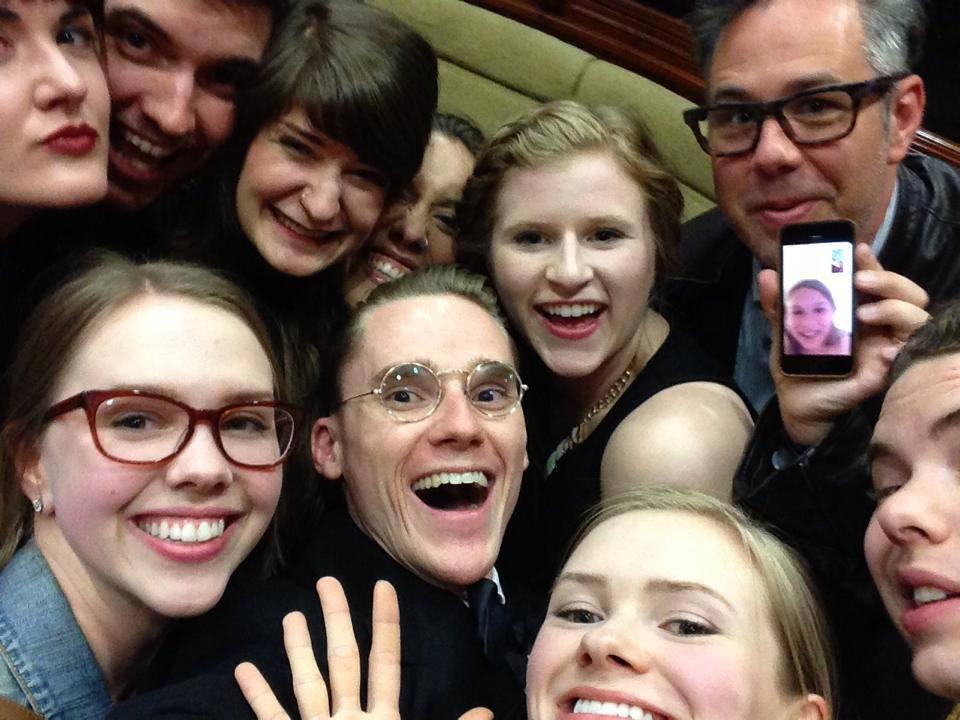
In his senior year, Graham Fisher (Graphic Design, 2014) worked on a group project for Mohr’s class in which students created a concept for an app called Artsee to encourage art-going among young adults. They designed an attractive logo and interface for Artsee, as well as touchscreen kiosks, scannable gilt-framed posters, and even promotional wraps in restroom stalls. The project landed a bronze award at the prestigious Young Ones competition in New York; Mohr transported the students to the city and around some of his favorite spots, taking them on tours of some of the largest agencies in the world, including Ogilvy. “It afforded us an opportunity to see what the big leagues looked like,” says Fisher.
Fisher, now creative director and partner with the experiential marketing agency Civitas, says Mohr’s lessons echo in the work he does today. “He inspired me to realize, ‘hey, advertising doesn’t just have to be traditional media,’ Fisher says. “It can be, like, ‘What are the ways that you can actually engage with people and create experiences and connect with people on a deeper level, in a more meaningful way than just throwing ads at them.’”
The qualities that made Mohr a standout educator weren’t always the happenings in the classroom. For instance, he organized an icebreaker/tension tamer among students and faculty by way of chair races held on the third floor of the Loann Crane Center.
Mohr “was not the kind of teacher that required you treat him with a lot of respect and deference.” But he was respected nonetheless, inspiring his students and serving as a “cool older sibling,” says Ewan. “He treated us in a way that was inspiring, not corny.” Dr. Corn echoes the sentiment. “Matthew was an outstanding professor. Don't let his kindness and enthusiasm be mistaken for a lack of serious contemplation and rigor. Matthew was the rare educator who managed to combine all those things into his teaching, and he did it all while consistently rocking sharp glasses and stylish bow ties,” she says.
I learned (from Mohr) about developing a better sense of personal responsibility for the work I was doing,” says Nigel Ewan (Graphic Design, 2014). “I learned about being professional. Responsible. About being a better communicator and being accountable to other people.”
In addition to his full-time work, Mohr owned Wonder-Shirts, which licensed children’s book illustrations and other pop-culture media for screen printing on T-shirts, sweatshirts, and totes. And he encouraged his students to think entrepreneurially with their own work. Ewan started the risograph printing company Clatter Press with his sister Dempsey Ewan (Graphic Design, 2020). Among Clatter Press’ projects is a quarterly zine called Big Mess. “Matthew has been a big supporter of Clatter Press and was one of the first subscribers to Big Mess,” Ewan says. And Mohr and his approach to work are touchstones for Ewan’s own approach to his work. “I’ve been blessed to have a close friendship with Matthew over the years,” Ewan says. “He’s been a good friend and mentor.”
Work driven by heady concepts
The Greater Columbus Convention Center, owned by the Franklin County Convention Facilities Authority, renovated and expanded in 2015. Planners seized the moment to create a memorable addition to the North Atrium via a public art piece, says Don Brown, the now-retired executive director of the facilities authority. In their request for artist proposals, planners sought work that used cutting-edge, interactive tech to provide visitors a one-of-a-kind experience, and that also would reflect the diversity of the city and its visitors. Mohr’s proposal—a “universal human head” that would photograph and display visitors’ faces—was selected from among the entries.
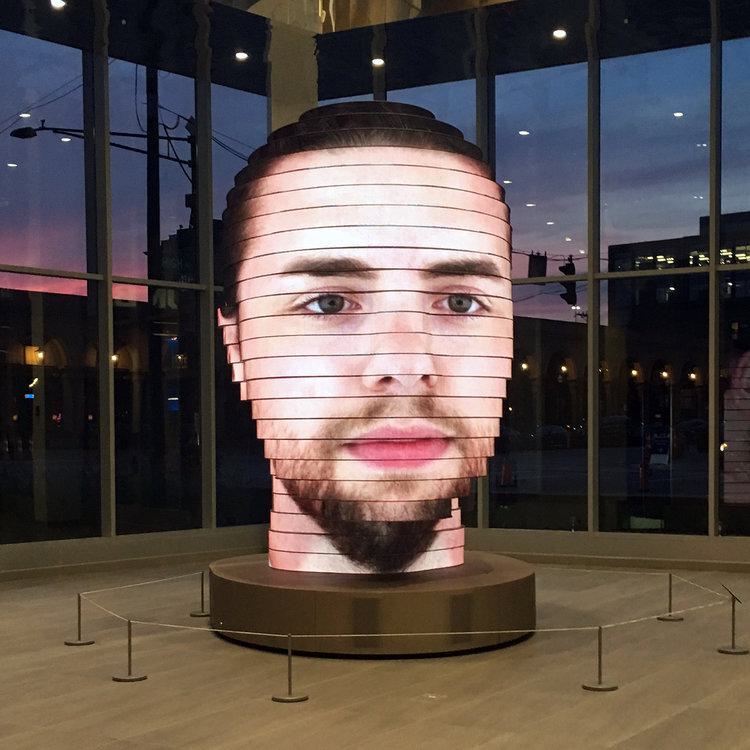
Mohr’s ambitious vision for the oversized sculpture required the expertise of several professionals, including Mohr himself, CCAD faculty member and alum Jamar Threatt (Media Studies Time-Based, 2008), and Jeff Grantz, a creative technologist with Design Communications Laboratory in Boston. As We Are uses 29 cameras—located on the backside of the sculpted head—to capture facial images, which are then stitched together and projected by 850,000 LED ribbon lights to create a 14-foot tall, 3D portrait.
Mohr’s vision “created something that we were very proud to own,” says Brown. “We were proud of the association with an artist who understood technology, digital technology, and could blend art and technology.” Since its installation in 2017, the $1.4 million work has captured roughly 100,000 visitor self-images. (Image no. 1: Mohr’s eldest daughter, Bea.) As they are taken, the images join the convention center’s art collection and can be seen on rotation on the sculpture. As We Are has been highlighted in a number of media outlets, including Artnews, Engadget, Fast Company, Colossal, Atlas Obscura, Roadside America, Columbus Monthly, The Columbus Dispatch, Columbus Business First, WOSU Public Media, and Columbus Navigator, among others. The work was subject of a Chinese knockoff—and led to Mohr’s invite to the prestigious Venice Architecture Biennale.
Threatt says Mohr “was a joy to work with. His excitement for any project he's working on is always palpable. It's something that made me want to ensure I was on my A-game during the collaboration.” And Mohr left a lasting impression as an artist and individual, says Threatt. “He is someone that loves what he does and does what he loves.”
I first met Matthew Mohr when the convention center installed As We Are—one of the most innovative, community-oriented and fun public art pieces I had ever experienced. And Matthew—he is just a wonderful individual to know—brilliant, so creative, huge supporter of public art and the arts community overall,” says Greater Columbus Arts Council President and CEO Tom Katzenmeyer.
Inspiration strikes with Lightning Sprites
As he did as a teenager, the adult Mohr has held onto the ability to see possibility in the mundane. At an artist’s talk at Hammond Harkins gallery—the same talk in which he shared the story of his frosty run-in with law enforcement—Mohr shared the inspiration behind his newest work, Lightning Sprites: his collection of 25-some inexpensive plastic toys that nod and dance via solar power.
The name Lightning Sprites was inspired by the meteorological phenomenon known as “sprites” or “sprite lightning,” which was first reported in the 1880s, but not documented photographically until a century later. And even with that video documentation, the sprites retain some mystery. According to an entry in the NASA blog Astronomy Picture of the Day, “apart from a general association with positive cloud-to-ground lightning, their root cause remains unknown.”
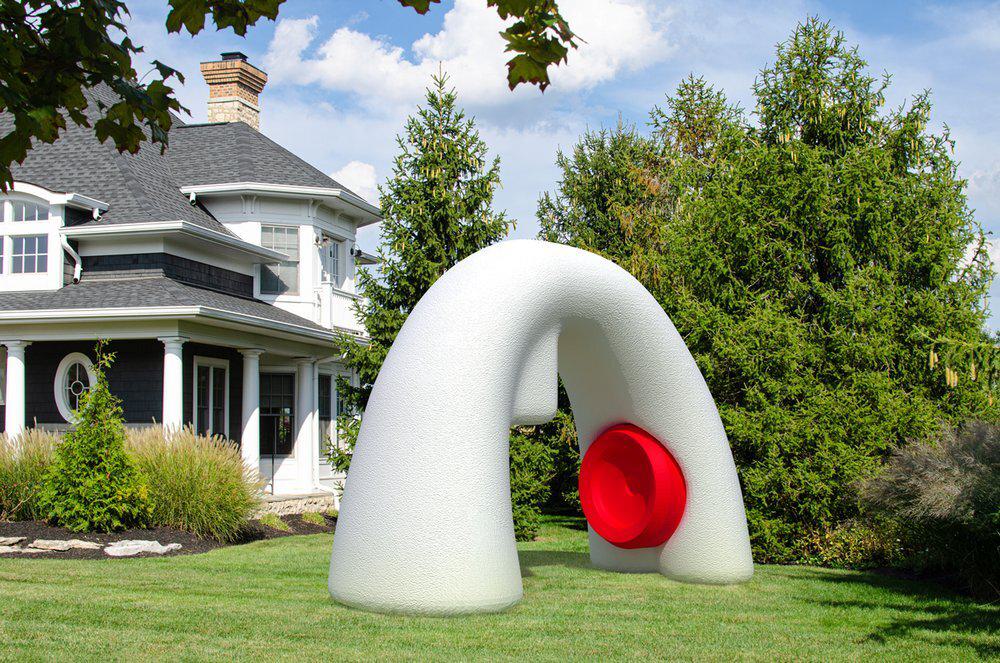
Bridge: Home
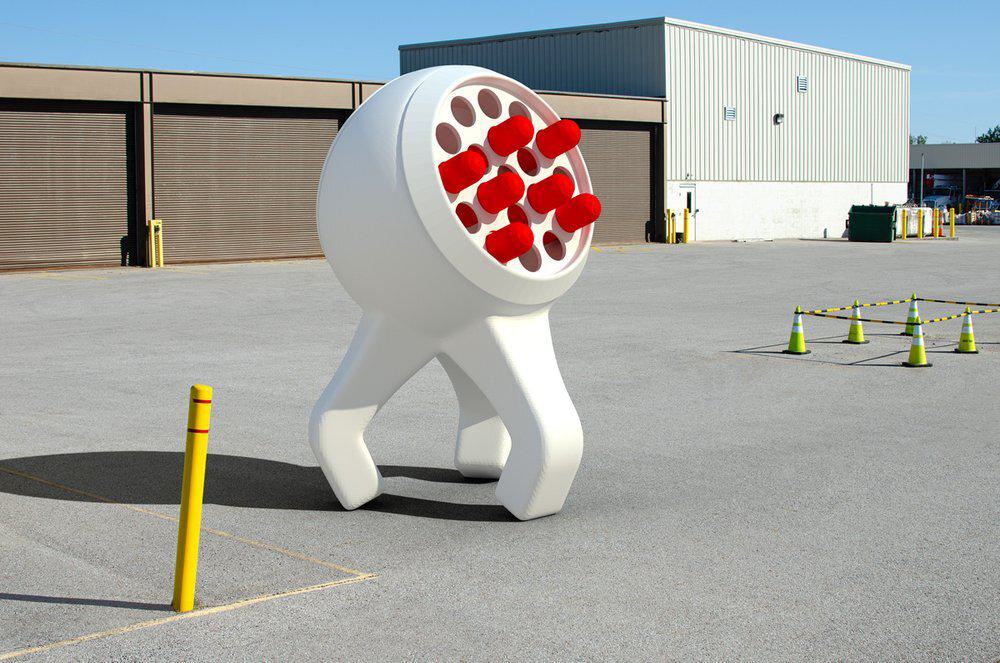
Phoneprick: Structure
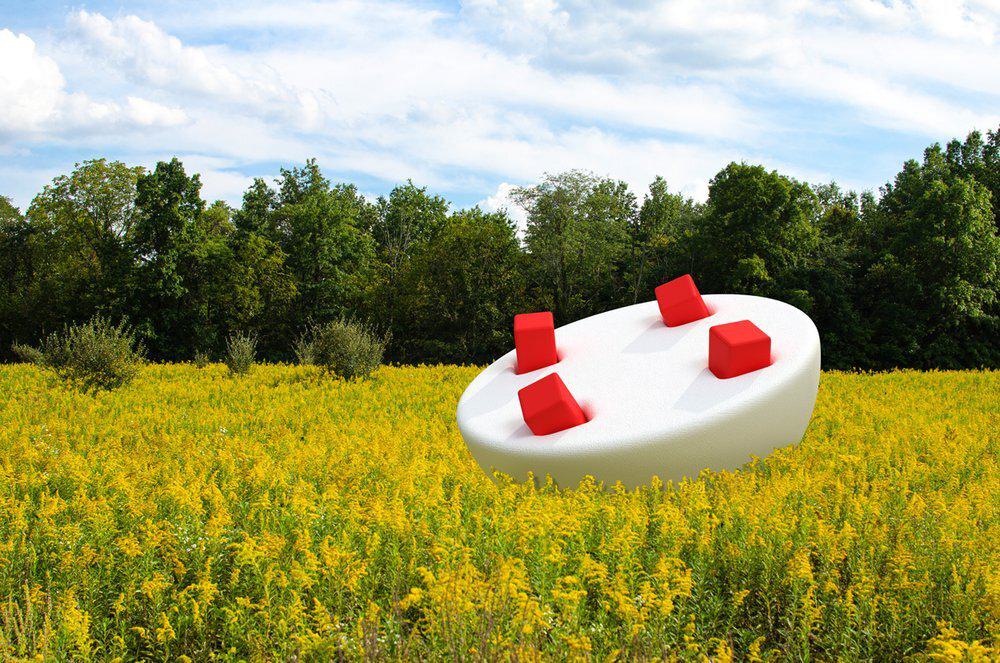
Pillbug: Goldenrod
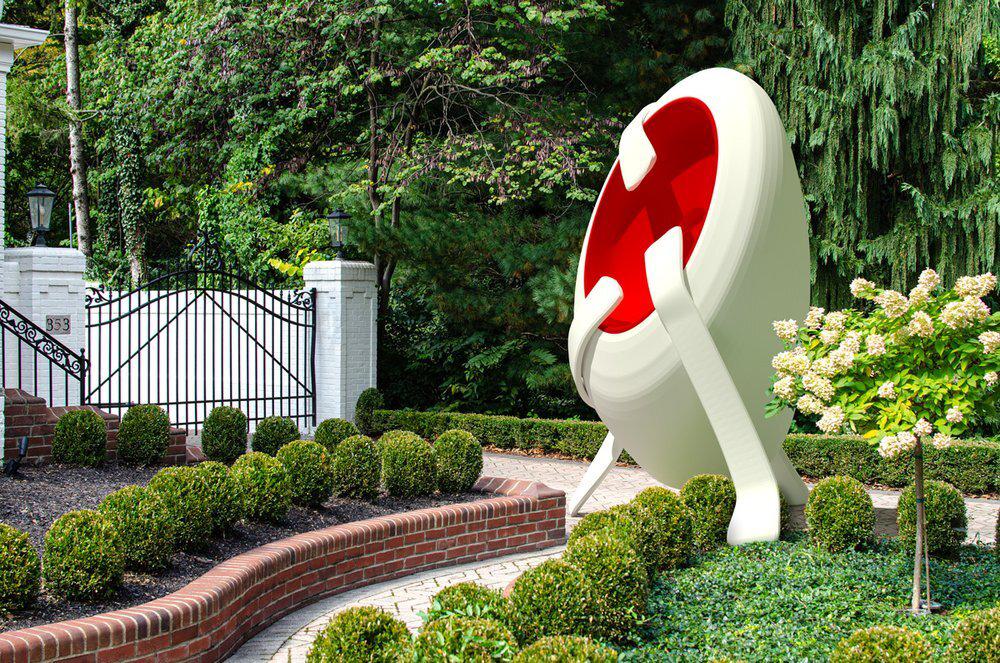
Hands: How to Cry
“Matthew Mohr has this wonderful way of seeing the world, exploring scale, technology, sustainability concerns and so much more. The Lightning Sprites series is the perfect confluence of Matthew’s creative muses and incredible talent,” says Katzenmeyer.
The first Lightning Sprites debuted in the spring 2021 exhibition ARTifacts: Created at Home, a Dublin Arts Council exhibition that commemorated how people in Dublin, Ohio—where Mohr resides—responded to COVID-19. Mohr’s work was inspired by the pandemic’s disruption and transformed the council’s sunporch with the presence of the solar-powered sprites, “mythical creatures deposited in our midst by a natural phenomenon,” reported CityScene.
It took people to a different space—just as the pandemic took people to different places,” says Dublin Arts Council Executive Director David Guion, PhD. “It was really fun at a difficult time. His work was magnificent, and I can’t imagine anything else in that space.”
That show was just the start. Mohr dove deeper into the Lightning Sprites project, which were the subject of his 2022 talk at Hammond Harkins Gallery (and received support from CCAD’s Griffith Big Project Fund). As with As We Are, Lightning Sprites has seen him use artwork to explore and magnify the concept of selfhood.
These are representations of me, and they're in the environments that I'm capturing,” Matthew Mohr said in his Hammond Harkins artist’s talk. “ … It’s things I’m trying to work through, and, you know, it’s not always pretty. I’d like to think some of these are kind of cute or kind of funny, but they're also challenging—at least to me.”
Wonder is the beginning of wisdom

For many years, Mohr navigated central Ohio streets with a Volvo sedan sporting a custom license plate reading “WOND3R.” On Instagram, Mohr paraphrased the Greek philosophers to explain its message: “Wonder is the beginning of wisdom.” It is that word, “wonder,” perhaps more than any other, that sums up how Mohr has navigated his life. He is the teenage stargazer journeying the glittering nighttime streets. He is the techie designer of his young adulthood. The educator nudging his students along. The artist pushing the boundaries of possibility. The dreamer. And the visionary drawing connections among us all.
Matthew Mohr’s Dwelling, part of Lightning Sprites, is on view in the Beeler Gallery exhibition Humming of the Strings Wednesday, Dec. 4, 2024–Friday, Jan. 31, 2025. See more work from Mohr on his studio website or on Instagram.
Header Image: Professor Matthew Mohr, who recently retired from the Graphic Design program at CCAD, exchanges a high-five with a graduating student.
